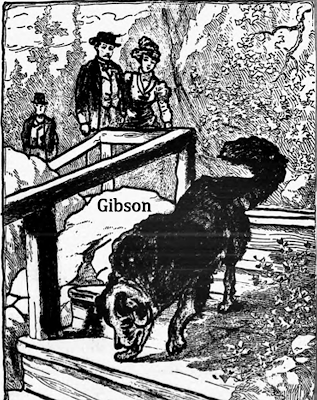This is a story about Amos Hill, of Tyrone, and his visit with a well-known figure while waiting to catch a train in Washington, D.C. in the early 1900s. The story was written by one Alderman Gleason.
Ame, as he was known, was a “hale fellow well met.” He made some money by farming and invested it wisely in oil land and oil stocks.
The great event of his life was when he and a friend were returning from a visit to his oil holdings in the south. They learned that they would have a long wait between trains in Washington.
Ame said, “Let’s call on the President.” It was agreed and they made their way to the White House. They went to the door and a guard inquired as to their errand. Ame said, “Tell Teddy that a couple of old sod-busters from Wayne would like to see him.” It was but a short time when President Roosevelt came to the door with both hands outstretched and his characteristic “dee-lighted boys, come right in."” When they were inside, he continued, “I suppose you boys would like to see where I live,” and he personally conducted them through the White House.
After they made the rounds, they came back to his office and started a visit which came to be, according to Ame, a story-telling contest. “I thought I was pretty good,” Ame said, “but do the best I could, Teddy would top me every time.” I suppose that office rang with laughter.
The moments passed and too soon it was time to hurry to the
station. The president accompanied them to the door, extended his hand, saying,
“Boys, I don't know when I have enjoyed an afternoon more and if you are in
Washington again while I am president, I shall consider it an insult if you don’t
call on me.” Ame always ended the story by saying, “I am a Democrat and he is a
Republican, but if he comes up for office, I'll vote for him. He is a real
man.”
This story is from A History of Tyrone compiled by Gary Schrickel and revised in 2020. The revised edition is now available in the Gift Shop at the Schuyler County Historical Society for $20, plus $8 for shipping.













